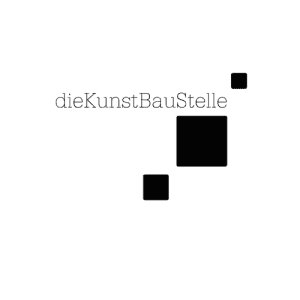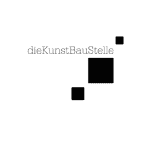A field report by Julia Mann, speaker
A project of the program “K-I-D-Z DaF-Doku-Theater” on behalf of the Goethe-Institut Amman
25. July 2016, Amman
Amman: For a week, I helped organize a workshop at a PASCH school in Amman under the direction of Wolfgang Hauck, one of the heads of the “K-I-D-Z DaF-Doku” program. There, the Goethe-Institut Amman organized a three-week summer course for young people and invited us. As an additional program, the regular lessons were to be supplemented with creative and activity-oriented offers for German lessons.
Of the 66 participants in total, a mixed group of 20 students who already had an advanced basic knowledge of German took part. Accordingly, the language level of the participants varied and ranged from A1.2 to A2. We therefore came up with creative techniques to integrate different language levels.
As a teacher of German as a foreign language, I have mainly worked with adults in Germany so far. This project was a new and exciting challenge for me. I had already worked with the workshop leader, Wolfgang Hauck, as an actress in the theater. This meant that I was able to provide qualified support to the students in the design of the workshop in the scenic work on the comic scenes, which I will go into later.
Each workshop day began with a warm-up with different objectives: Team building, language and expression training and coordination training. The respective linguistic topics of the previous day were playfully integrated into this. For example: the participants’ introductions were refined with movements and the new vocabulary was combined with voice training.
Thanks to our various methods from the fields of theater and art, we were able to design these warm-ups flexibly so that we could orient ourselves to the respective daily form of the target groups. The exercises we used were designed to loosen up and warm up the participants. Warming up – this is of course less necessary at 35 degrees, but still helpful in an air-conditioned room. We used classic running and movement games or concentration exercises for this. On the other hand, we also wanted to introduce new vocabulary for the participants to work with later. For example, we used counting games to consolidate the use of numbers or to playfully develop new vocabulary such as colors, nouns, etc.. New vocabulary was consolidated the next day through short repetition exercises. At the same time, we practiced the practical application of what we had learned during the warm-up by having the participants speak aloud in front of the group.
I considered this action-oriented approach to be extremely successful, as although the students had already made their first contact with the German language in class, their pronunciation and intonation skills were barely there due to the lack of practice. One of the aims was for each participant to be able to speak a few short sentences in confident and correct German loudly and clearly in front of the group at the end of the workshop.
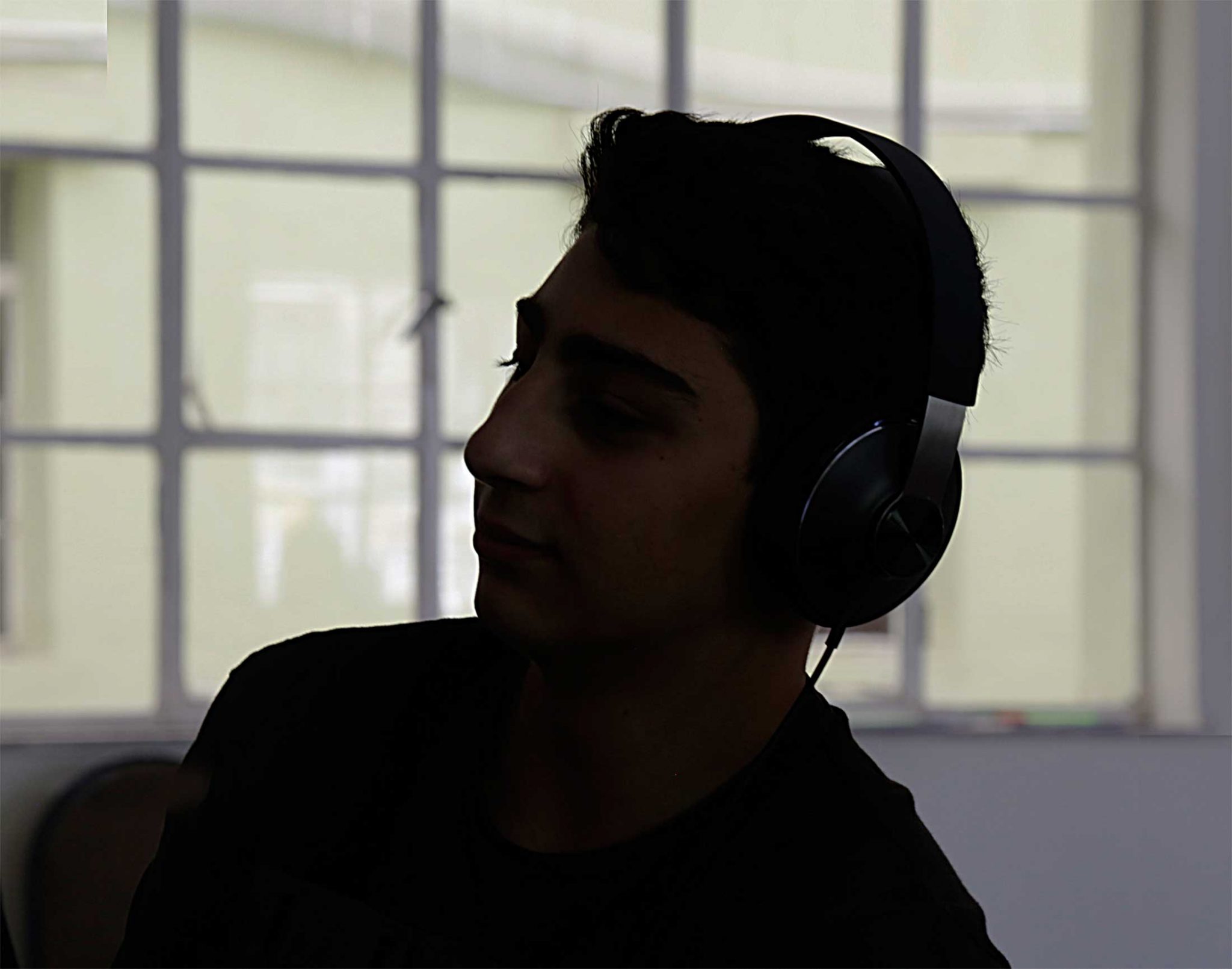
To train attention and listening comprehension, we introduced the interview as a conversation format. First, the students interviewed each other and made audio and video recordings. We gave them a few questions to introduce and train fixed structures. We made sure that the correct question structures with regard to verb tense, indirect question sentences, etc. were adhered to despite the students conducting the interviews independently. In the course of these interviews, the students’ answers led to various interest groups with which we were then able to plan the further projects. The aim of this was to take the pupils and their ideas and wishes into account as far as possible and to ensure action-oriented learning.
COMIC
One of the groups, mainly older students at A2 level, mentioned in these interviews that they would like to work as a doctor one day. We then took up this career aspiration as a core topic and drew up an interview guide for an interview with a Jordanian doctor. The prerequisite was that the doctor also spoke German. Thanks to the contacts of the Goethe-Institut, we were able to organize an interview with Dr. Rami Kilani, a specialist in gynaecology.
The list of questions was then worked out in detail in German. This list of questions was then practiced intensively in role plays and the use of audio and video techniques was also practiced.
INTERVIEW
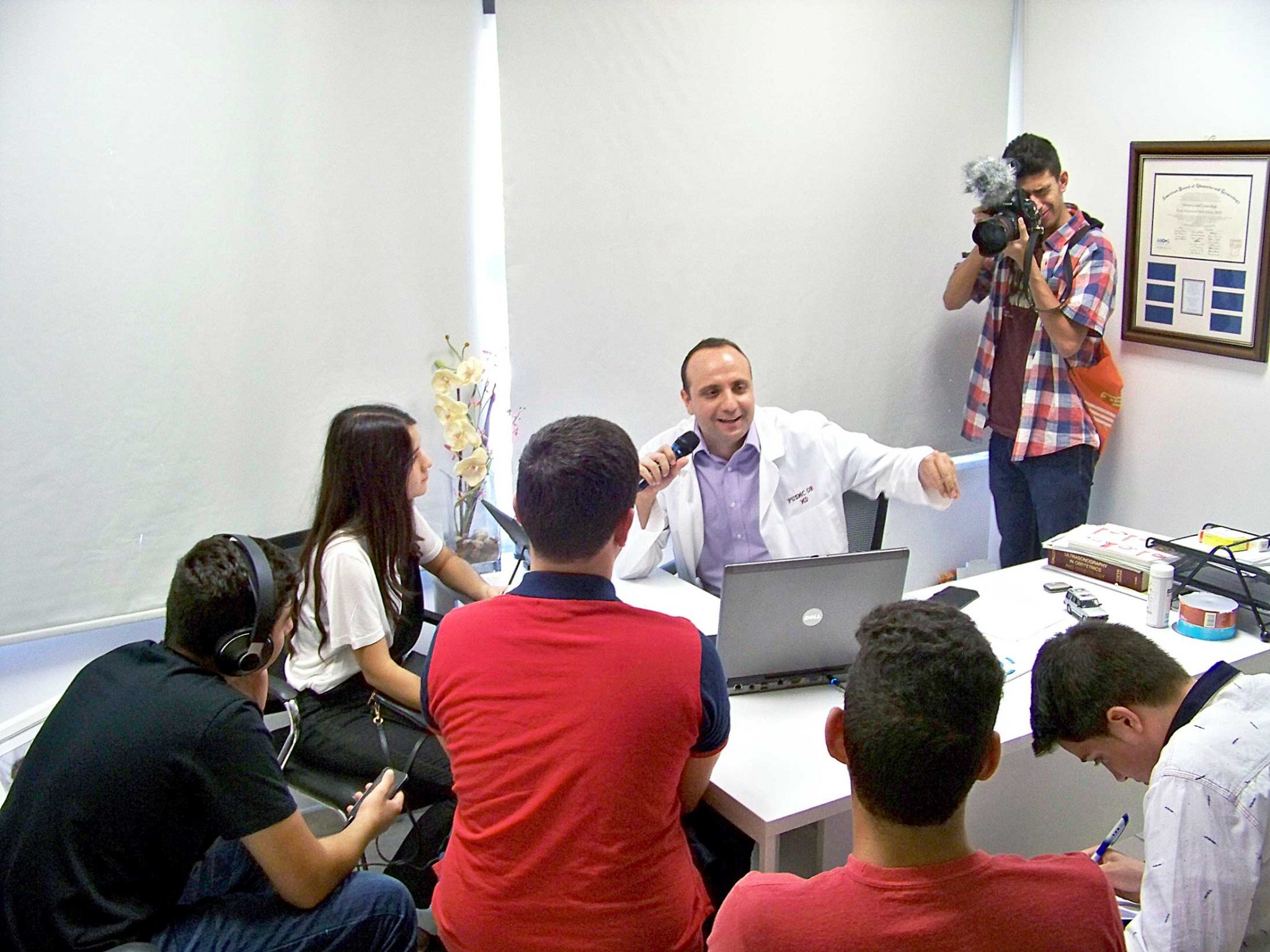
During the interview itself, the young people then took on the technical tasks in addition to the interview and recorded the doctor’s answers with photos, video and sound. This was later used to create a transcription, which the participants were also asked to write in German. This activity also allowed us to focus on listening comprehension and at the same time train written skills such as spelling, grammar and punctuation. The video material was later used to produce a movie as a making-of.
The young people were instructed in video editing by Wolfgang Hauck and were thus able to take over the rough cut and editing of the film independently. I was amazed at how interested the students were in the topic and how they were able to solve linguistically difficult situations on their own. The previously introduced vocabulary, which the participants were able to pick up relatively easily with the warm-up activities, was particularly helpful here. The students could and should also use the Internet as a research tool to obtain background information and thus had to practise using a wide variety of sources.
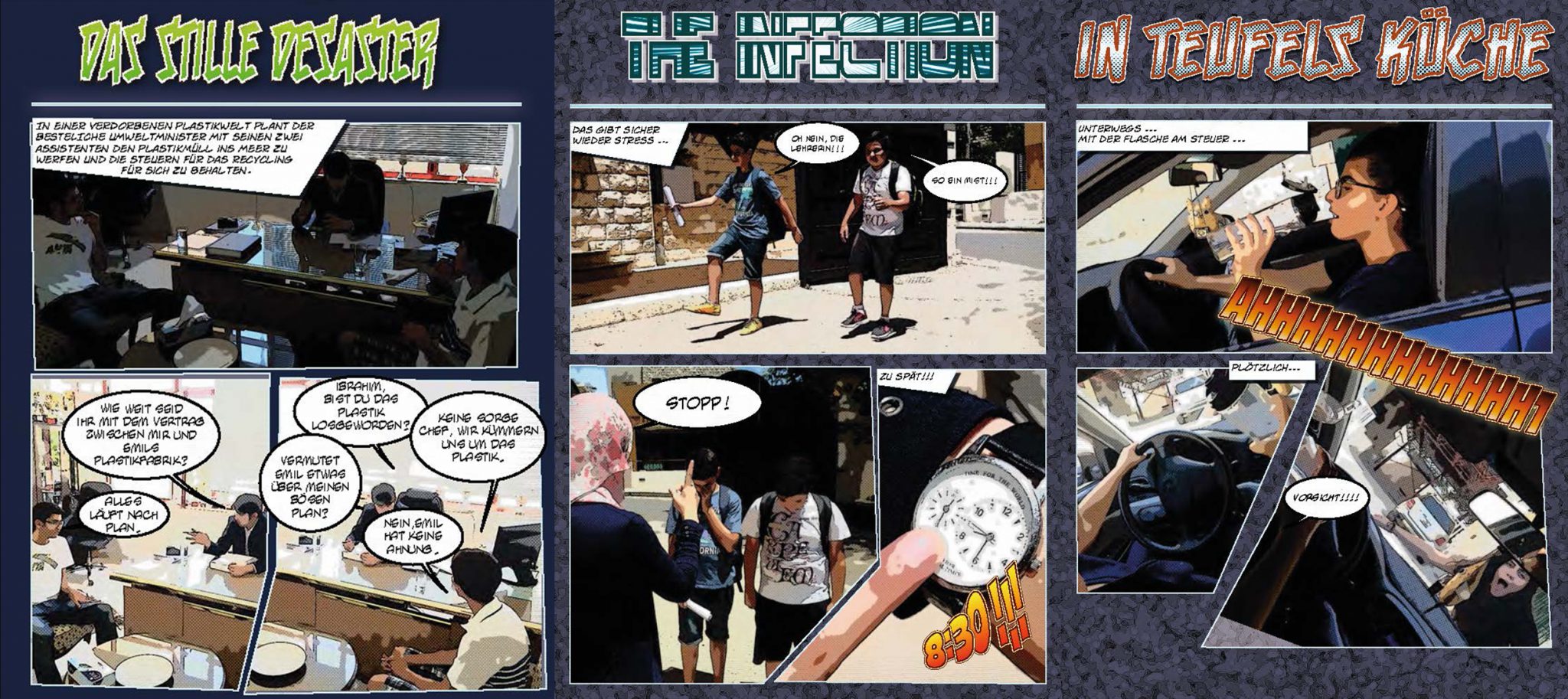
For the other participants, we chose an activity that would use less vocabulary to suit the lower language level, but would incorporate more interactive and social components in a playful way. We chose the “comic” format for this. Since, on the one hand, drawing skills could not be assumed and, on the other hand, the playful and dramaturgical part should be in the foreground, we chose comics with photography.
The pictures are converted into comic style and designed with speech bubbles using self-made photos and appropriate software. Groups of three to five participants are ideal for this implementation. We therefore formed three homogeneous groups in terms of age, interests and language level. The young people developed three different stories and storylines. The first step was to develop the storyboard in order to break down the story into individual images. The group of youngest pupils, aged thirteen, needed the most support in the language area, as the comics were to be published in German.
The photos were then taken. The pupils were asked to create the images required for their respective stories at school and take the photos themselves. The groups had tremendous fun with the scenic play because they had to put their ideas into practice. They were physically challenged, which provided variety after brainstorming and creating the storyboards.

The idea behind choosing comics as a medium was that they could be used at very different language levels, from individual words such as exclamations and simple main sentence structures in speech bubbles to more complicated content that was written down in entire texts. The young people were given help with more difficult structures such as subordinate clauses, perfect tenses, etc. We mainly checked spelling and grammar with regard to the result, but also explained orthographic and morphological features to the pupils. During this project work, we occasionally had to resort to explanations in English to explain the procedure, in particular how to use the software.
However, the young people picked up on this very quickly and were absolutely adept at using the program by the end. Last but not least, the idea of producing a comic was also suitable because after a week’s work the pupils also had something to hold in their hands. We printed out the results produced during this time and the pupils were thus able to present their classmates and parents with three “real” self-produced comics.
We repeatedly checked during the workshop that the participants were also using German among themselves, which was sometimes difficult as everyone had the same mother tongue and kept falling back on it in the discussions. We usually let this go for the time being, as it increased productivity and thus also the motivation of the participants. Nevertheless, we always made sure that certain fixed structures and vocabulary were used.
All in all, this workshop was a wonderful experience for me. This creative linguistic work with the young people was great fun. I was amazed at how motivated the young people were to use and expand their German language skills as much as possible. Particularly in the “interview” group, German language acquisition was given a high priority with regard to the topic of the future, career, studies after the interview with a German-speaking Jordanian doctor. Some expressed interest in an exchange program in Germany.
CONCLUSION
My experience is that the permeability and flexibility of this workshop and the consideration of both the interests and the language level of the participants led to an enormous boost in their motivation and willingness to get involved in the workshop.
We were also able to teach the students how to use the relevant media (photo, video, comic software) so that they can continue working on their ideas after the workshop. The feedback from the participants was very positive and over the course of the seven days I could already see an improvement in the language level, which I mainly attribute to the confidence the students gained in being able to use their acquired language skills.
LINKS
Goethe-Institut Amman, Jordan
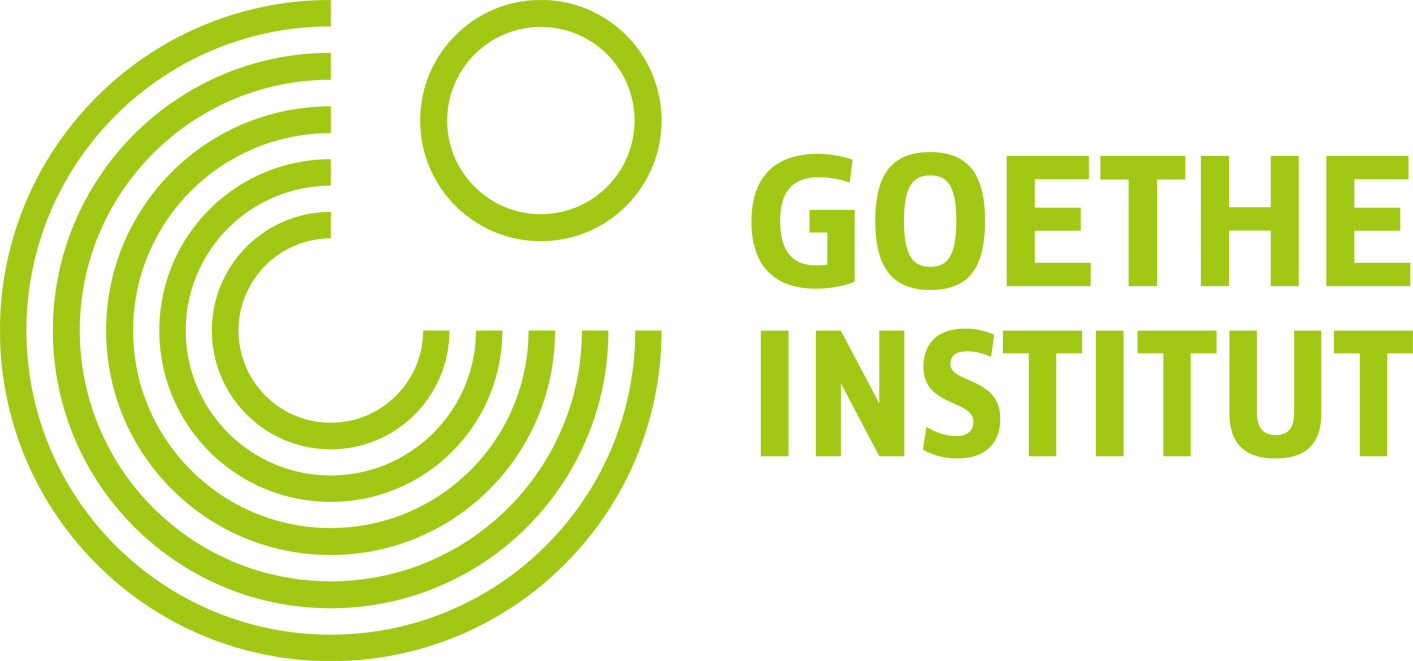
K-I-D-Z DaF Documentary Theater
./
